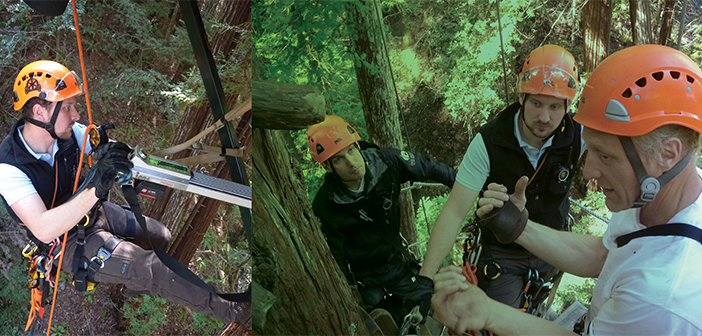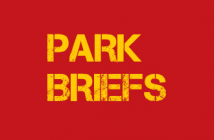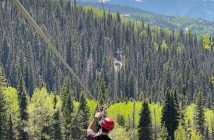Finally, in North America, there is one other professional organization of note, the American Society of Consulting Arborists (ASCA). Consulting is a specialized business which requires training in report writing, legal issues, and professional ethics. ASCA membership requires a college degree, ISA BCMA credential, or substantial proof of education in arboriculture. Many ASCA members have advanced academic degrees. As professional consultants, ASCA members provide information and science-based assessment of trees in diverse situations. ASCA offers a registered consulting arborist (RCA) status that requires advance training and should assure a high degree of professionalism. There are currently only a few hundred active RCAs.
CHOOSING AN ARBORIST
With all that, how can you locate the right person to assist in managing your trees?
First, understand the difference between a sales call and a consultation. A tree service salesperson is there to provide a price for a tree management task. If you know what you need done, say a tree removal or clearance pruning, and you have a good relationship with a tree service, you might be good to go. Look for a tree service with adequate experience and references, along with membership in ISA and/or TCIA.
If you are not sure about your trees or need information to guide your project planning, you may want to bring in a consulting arborist. Look for a consultant who can demonstrate knowledge and experience. Most will have one or more credentials or qualifications, a CV, and provide references if you need them. Consulting arborists should be insured for general liability, as with any tree service, and also for professional liability, as with an engineer or architect. Proper insurance is very important; don’t be shy about asking for proof of it.
Many consultants have specialty practices, and may not be equipped or inclined to the type of work you need. The science of arboriculture has been advancing quickly; there is a lot of new information and science, especially in the field of biomechanics, which is important to people who build using living trees. Find a consultant that is up-to-date in the expertise you need. Experienced consultants often have good networks of other professionals, such as planners, architects, and landscape architects, that may also be useful for your project.

Laura Calliet of Denali Zip Lines in Talkeetna, Alaska, watches as the author conducts an acoustic tomography test to help determine a tree’s structural integrity.
There are relatively few arborists out there with the ability to do advanced structural assessments of trees, especially if scientific proof of structural integrity is needed to support engineering calculations. The tools needed to support these assessments include micro-resistance recording drills, sonic tomography, and statics integrated pulling tests. These are expensive and require training and up-to-date knowledge. As more regulation of challenge courses and zip lines comes into play, I expect that methods of testing trees will be refined and standardized; we are a long way from this at present, though.
How you use an arborist to help you will depend on your site and your program, but if you are building in the trees, a good consultant can potentially save you a lot of grief and money over time. A consultant can specify work in a manner that will allow you to get several price quotes for the job.
TREE MANAGEMENT
Here’s a key thought to remember: all tree pruning is for people, not for trees.
Don’t get me wrong—I am a big fan of tree pruning. I am simply pointing out that all trees prune themselves. When people say, “my tree needs pruning,” they generally mean that they want something done to the tree, for a variety of reasons: to obtain clearance from buildings or activities, to encourage fruit production, to alter tree structure over time, to open views, etc.







